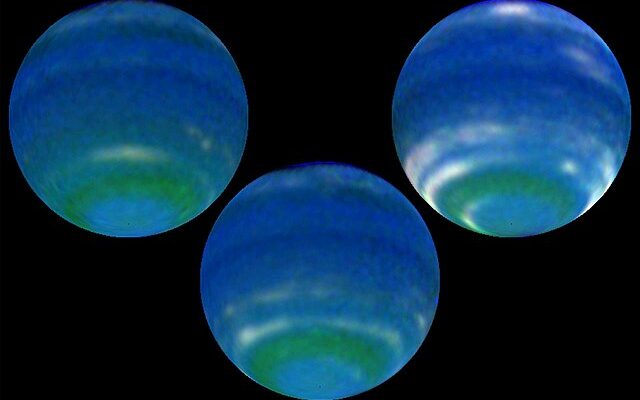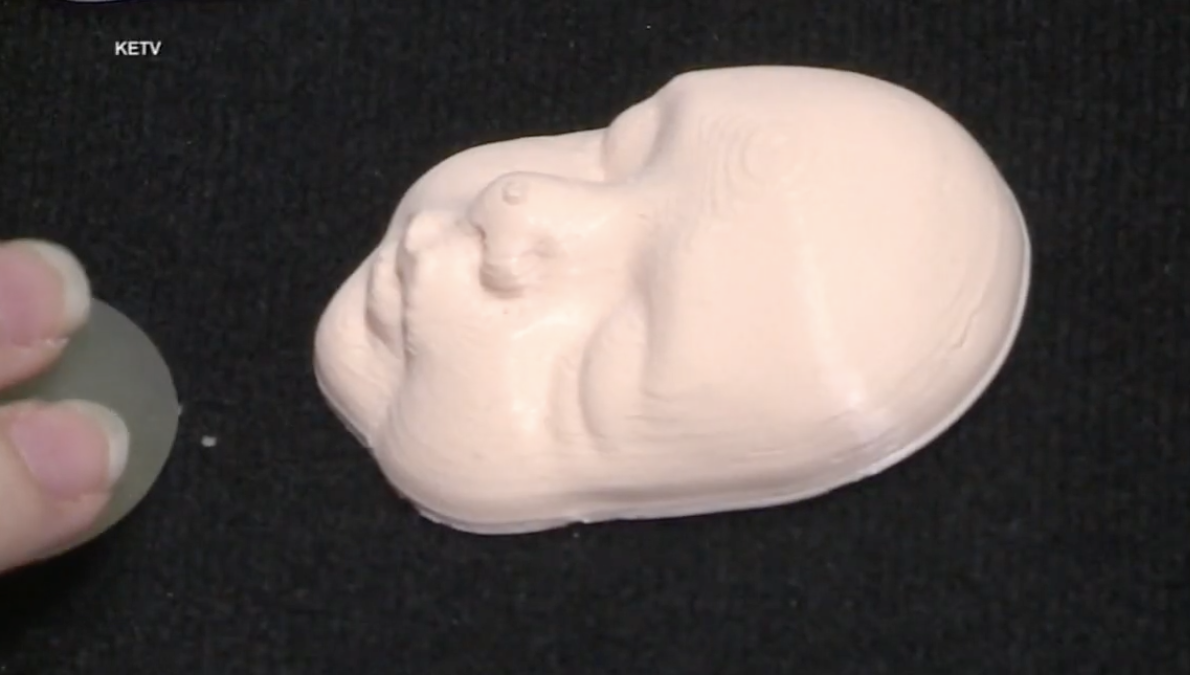
Neptune has captured the imagination of stargazers ever since its discovery in 1846. Its azure blue with white streaks looks stunning against the blackness of space. But recently, some astronomers looking at the densest planet in the solar system became startled: Neptune’s clouds have disappeared.
Each planet of the solar system has its own look. Earth has aquamarine oceans. Jupiter has panchromatic tempests. Saturn has glimmering rings. And Neptune has ghostly clouds — at least, it used to. For the first time in three decades, the electric-blue orb is almost completely cloud-free, and astronomers are spooked.
Neptune’s cloud cover has been known to ebb and flow. But since October 2019, only one patch of wispy white has been present, drifting around the planet’s south pole, writes The New York Times.
“It was the first time anybody had ever seen this,” said Imke de Pater, an astronomer at the University of California, Berkeley. “There’s just nothing there. What’s going on?”
NASA has linked the disappearing cloud cover to the sun’s 11-year solar cycle. CNN reported that “thanks to an analysis of nearly three decades’ worth of Neptune observations captured by three space telescopes, scientists have determined the ice giant’s diminished clouds may indicate that shifts in their abundance are in sync with the solar cycle, according to a recent study published in the journal Icarus.
‘These remarkable data give us the strongest evidence yet that Neptune’s cloud cover correlates with the Sun’s cycle,’ said senior study author Imke de Pater, professor emeritus of astronomy at the University of California, Berkeley, in a news release. ‘Our findings support the theory that the Sun’s (ultraviolet) rays, when strong enough, may be triggering a photochemical reaction that produces Neptune’s clouds.’
During the solar cycle, the level of activity in the sun’s dynamic magnetic fields waxes and wanes. The magnetic field flips every 11 years as it becomes more tangled like a ball of yarn, according to NASA. When there is heightened activity on the sun, more intense ultraviolet radiation bombards the solar system.
With data from NASA’s Hubble Space Telescope, the W.M. Keck Observatory in Hawaii and the Lick Observatory in California, scientists observed 2.5 cycles of cloud activity over the 29-year period of Neptune observations — during which the planet’s reflectivity increased in 2002 and dimmed in 2007. Neptune brightened again in 2015, before darkening in 2020 to the lowest level ever seen. That’s when most of the cloud cover faded away.”
The research team will continue to track Neptune’s cloud activity. “We have seen more clouds in the most recent Keck images that were taken during the same time NASA’s James Webb Space Telescope observed the planet; these clouds were in particular seen at northern latitudes and at high altitudes, as expected from the observed increase in the solar UV flux over the past approximately 2 years,” said de Pater.
The combined data from Hubble, the Webb Space Telescope, Keck Observatory, and the Lick Observatory will enable further investigations into the physics and chemistry that lead to Neptune’s dynamic appearance, which in turn may help deepen astronomers’ understanding not only of Neptune, but also of exoplanets, since many of the planets beyond our solar system are thought to have Neptune-like qualities.”
Just like before, NASA says it’s ready to play the long game because with planets at the edge of our solar system, that’s the only game in town.









